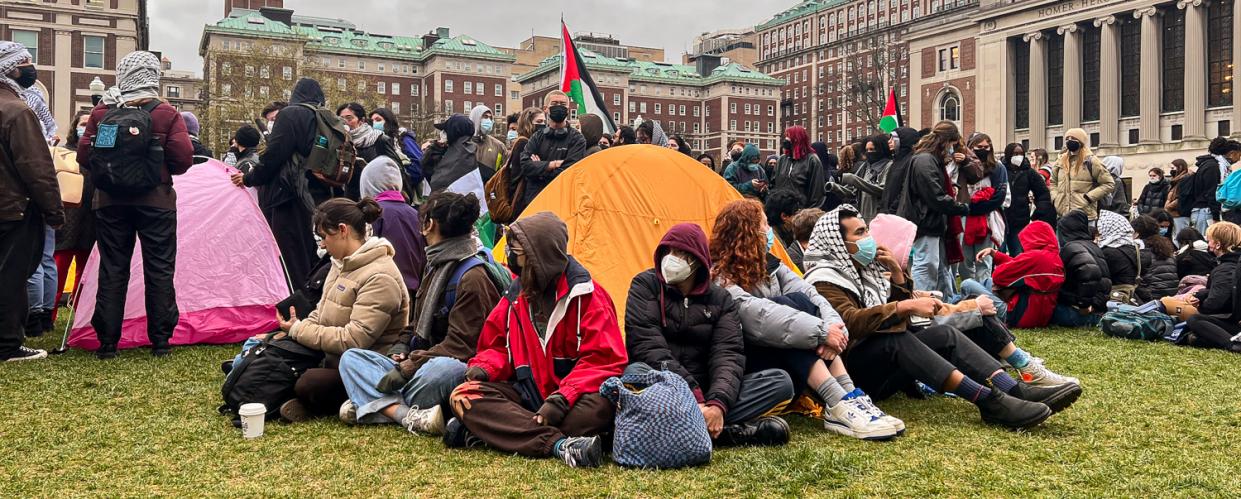
May 03 2024 English

April 30 2024 Arabic
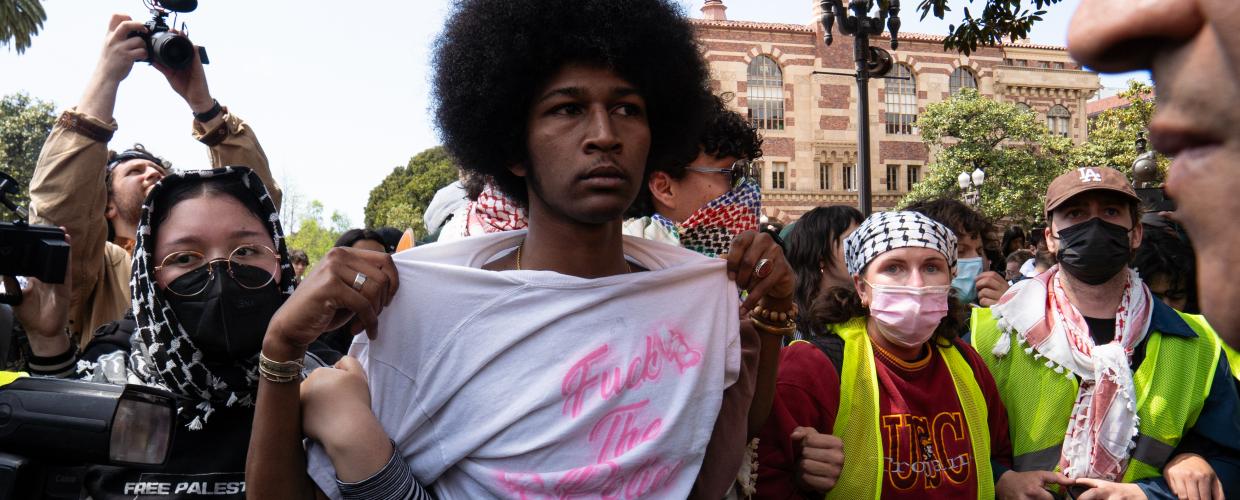
April 29 2024 English
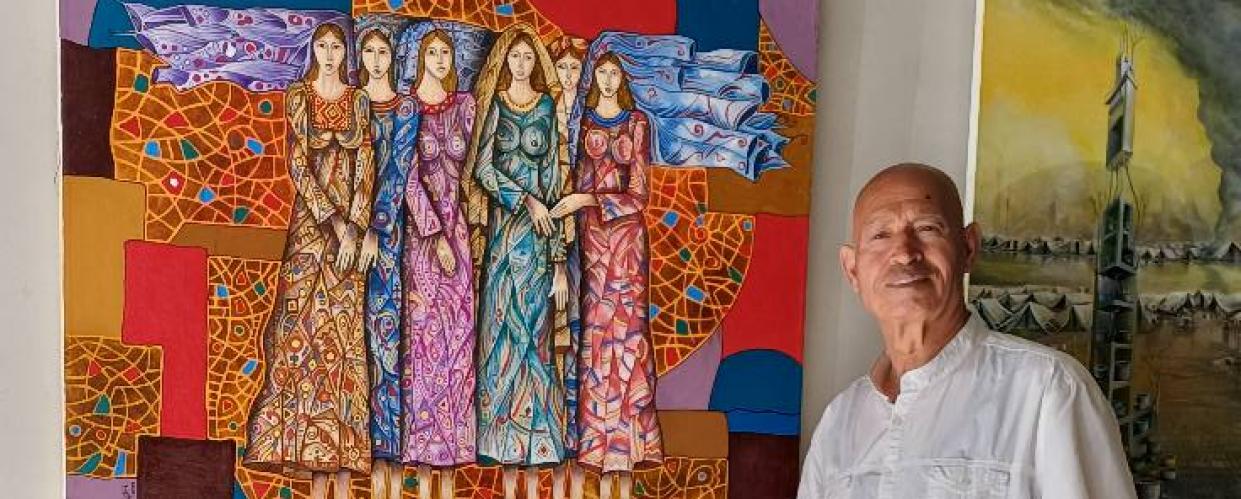
April 29 2024 Arabic
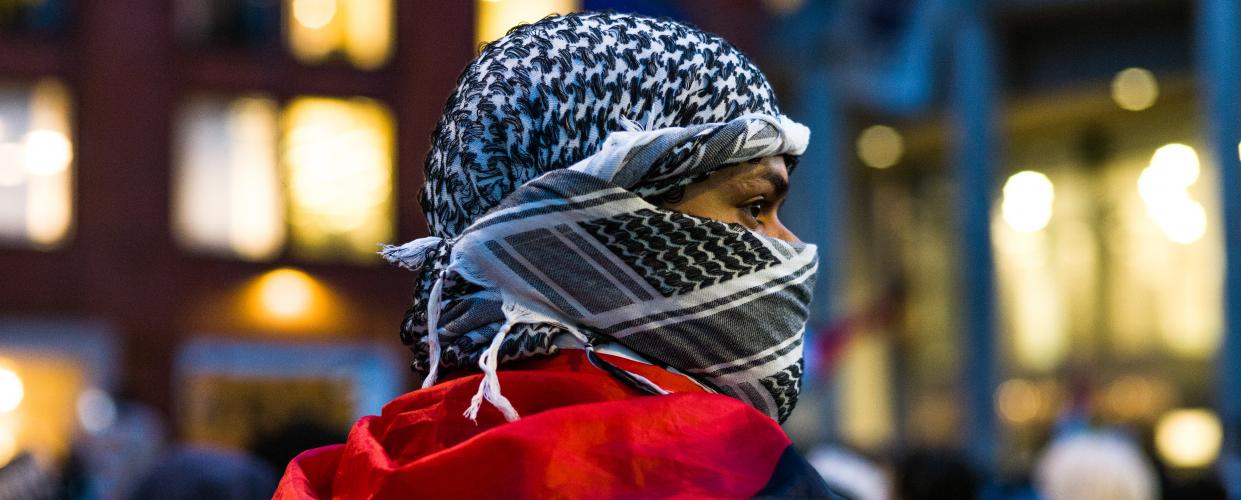
April 28 2024 English
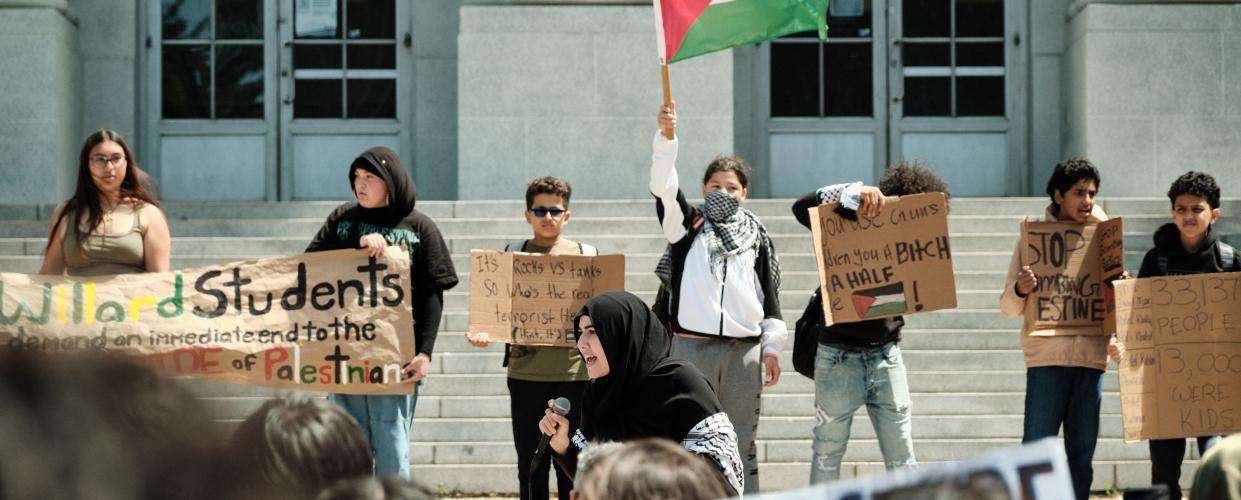
April 27 2024 English
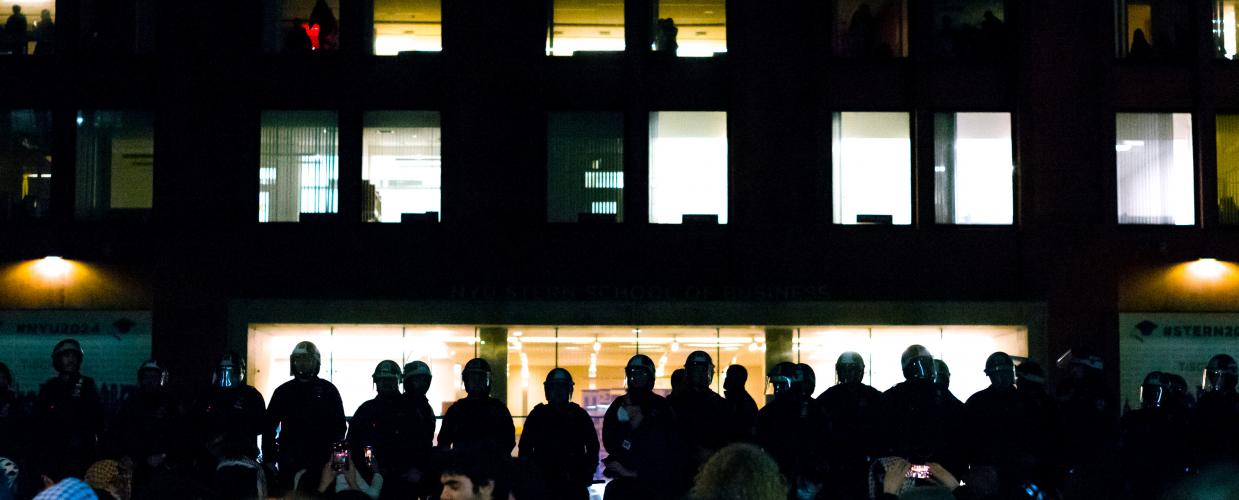
April 27 2024 English
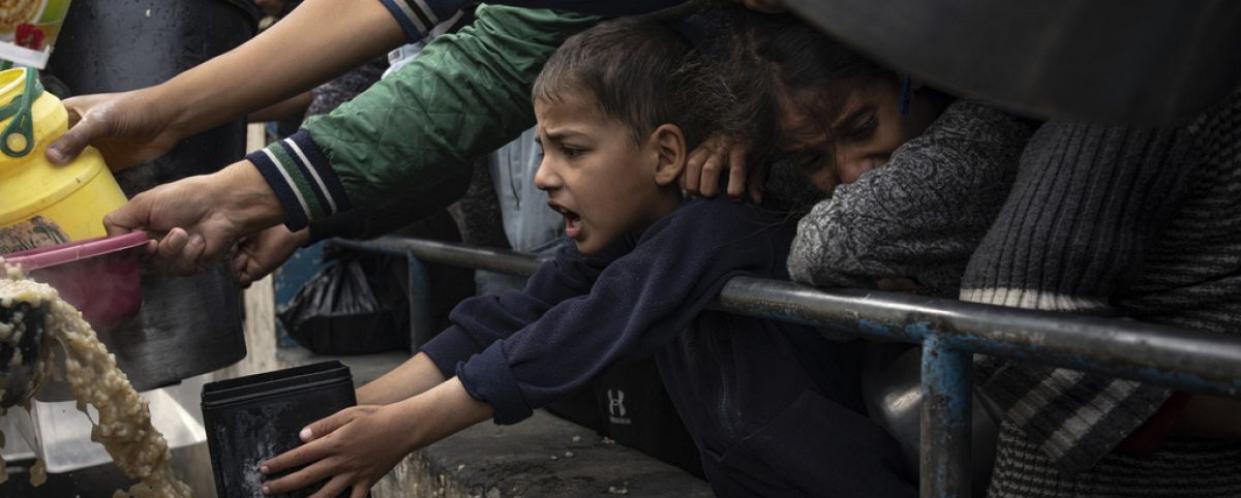
April 26 2024 Arabic
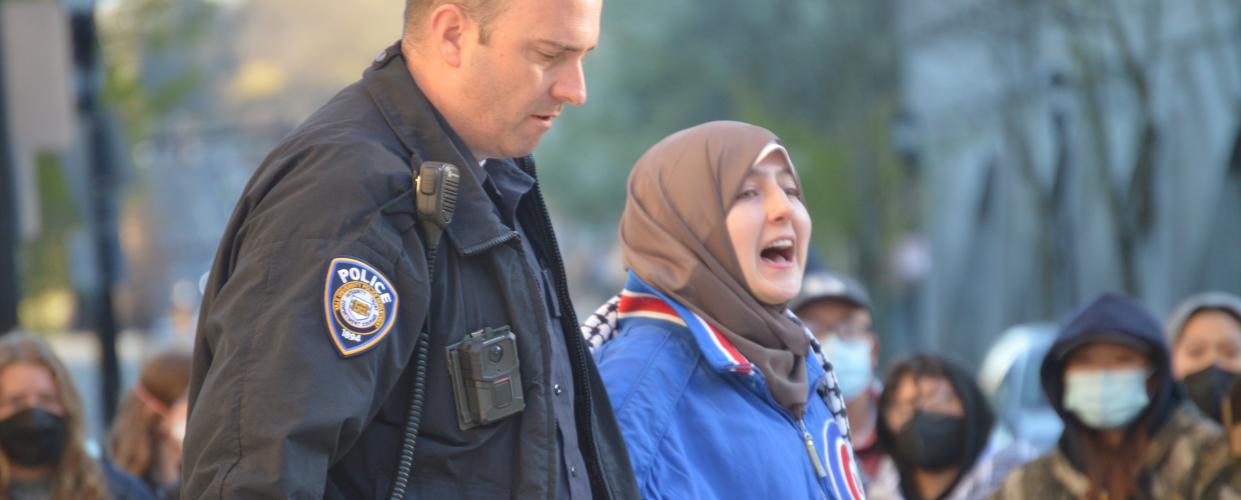
April 25 2024 English
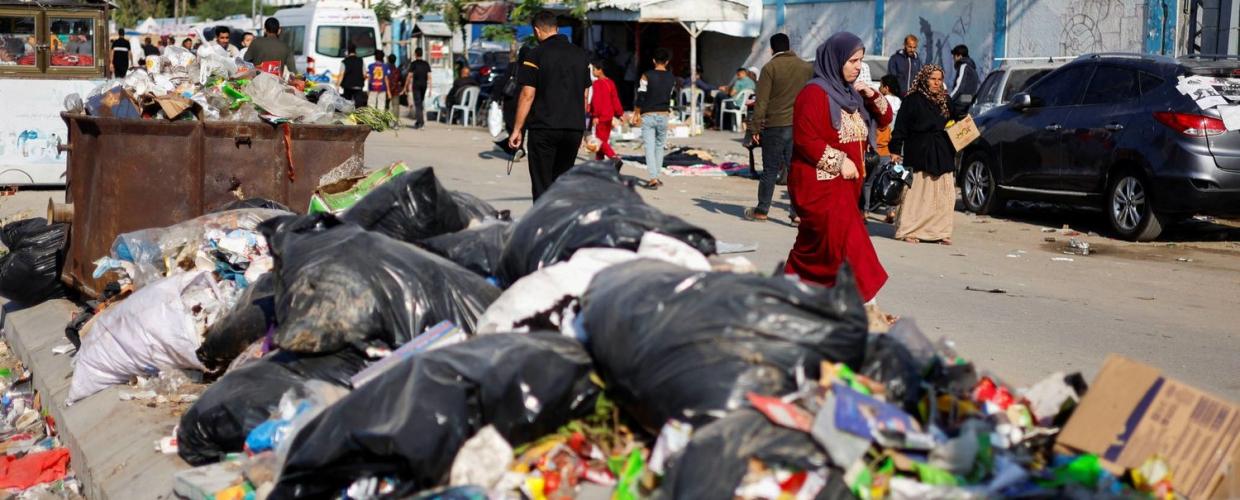

The Israeli decision to impose a complete siege on the Gaza Strip — no electricity, no food, no flue — is a clear declaration to deny the delivery of food and medical supplies, deprive the people of Gaza of all means of survival. As the intensity of the Israeli war on the Strip escalated, calls from various sources began to demand the opening of a safe passage or a "humanitarian corridor."
What are Humanitarian Corridors?
“Humanitarian corridor” is a term used during armed conflicts when parties to the conflict agree to open a safe passage for the purpose of delivering humanitarian aid, evacuating the wounded, and facilitating the departure of civilians who wish to leave. These corridors are conditionally established in demilitarized zones and are supervised by a third party, such as the United Nations or relevant international humanitarian organizations. The primary goal of creating humanitarian corridors is to protect civilians and ensure the delivery of humanitarian assistance to them.
Often, international humanitarian organizations such as the International Red Cross (IRC), amongst others, take on the task of delivering humanitarian assistance or evacuating the wounded and sick. The 23rd article of the Fourth Geneva Convention of 1949 obligates states to uphold the principle of free passage for aid, including medicine, medical equipment, food, and clothing, to civilian populations.
For this reason, the establishment of a safe passage requires discussions and negotiations involving the conflicting parties, the third-party state through which aid will pass, and the international organizations that will oversee the corridor. United Nations entities are often parts of these agreements.
Two essential elements must be present in a safe passage:
However, establishing these corridors is usually not an easy task. Firstly, the conflicting parties must agree to the establishment of the corridor, and the state through which aid will be delivered and civilians evacuated must also consent. This state has the right to impose specific restrictions or conditions related to the corridor.
The First Additional Protocol to the Geneva Conventions of 1977 specifies the provisions related to providing humanitarian assistance, the most important one being that such assistance should not be considered an intervention in the conflict, and it should meet the conditions of neutrality and impartiality, meaning that the mission is of a purely humanitarian nature.
It is within the authority of the United Nations to impose the opening of humanitarian corridors based on Chapter VII; however, the use of “veto” rights often acts as an obstacle to reaching a decision regarding such a corridor. This occurred during the Syrian crisis when France and Turkey proposed opening humanitarian corridors, but Russia opposed the proposal and Syria rejected it. Russia and Syria justified their rejection at that time by arguing that the corridor would be a direct interference in Syria's internal affairs and an escalation of the armed conflict.
Humanitarian corridors established during the ongoing war between Russia and Ukraine, after negotiations between the conflicting parties, are the closest analogue. Ten humanitarian corridors were created to allow Ukrainian civilians to cross from conflict areas to safe zones. However, the permission to open these corridors often depended on Russian willingness. Further, Ukraine has accused Russian authorities on several occasions of obstructing these corridors, through bombardments in areas that were supposed to be safe for a facilitated passage of civilians.
Modern history has witnessed numerous examples of such corridors, including:
However, upon closer examination of these two examples, it can be noted that the objectives go beyond the humanitarian goal of saving civilians. The facilitated exit of civilians in both cases involved plans to relocate specific population groups, with the aim of creating demographic changes in those areas of conflict. This demographic shift is exactly what raises concerns and fears for the Palestinian side vis-a-vis the idea of establishing a humanitarian corridor in the Gaza Strip.
Humanitarian Corridor or Displacement Operation?
Calls for the establishment of a humanitarian corridor in the Gaza Strip may carry on the surface a humanitarian message that is aligned with the principles of international humanitarian law. However, monitoring the statements issued by international officials indicates a divergence in the objectives behind opening this corridor, which leads to more dangerous implications in regard to plans for the population of the Gaza Strip. Between emphasizing the necessity of humanitarian aid entry and the call for civilian evacuation there lies a significant distinction that manifests in two ways: one permits the entry of humanitarian essentials needed for perseverance, and the other facilitates the evacuation and depopulation of the Strip.
How did the discrepancy in this "humanitarian" discourse emerge?
The United Nations affirmed that the complete blockade imposed on Gaza is prohibited under international humanitarian law. UN Secretary-General Antonio Guterres called for providing the residents of the Gaza Strip with humanitarian assistance, stating, "vital life-saving supplies, including fuel, food, and water, must be allowed in," as he emphasized the need for "rapid and unimpeded access to humanitarian aid."
The World Health Organization (WHO) called for the opening of a humanitarian corridor to deliver aid. Its spokesperson in Geneva stated: "The opening of a humanitarian corridor is necessary to provide essential medical supplies to the population." It was also reported by news sources that the Director-General of the WHO met with the president of Egypt to discuss the delivery of humanitarian aid to Gaza.
Several humanitarian and human rights organizations have called for the necessity of delivering humanitarian aid to the Gaza Strip to prevent a humanitarian catastrophe.
Additionally, Palestinian Prime Minister Mohammad Shtayyeh, in a statement from his office, called for the establishment of safe passages to deliver food and medical supplies to the Gaza Strip, warning of a humanitarian disaster threatening the population of the Strip.
However, the EU High Representative for Foreign Affairs and Security Policy, Josep Borrell, held a different perspective. During a press conference following an emergency meeting of the European Union, he called for the opening of humanitarian corridors and facilitating the departure of civilians to Egypt. This means that, according to the vision of the entity he represents, the objective of this corridor is to evacuate civilians from Gaza to Egypt.
Borrell's demands were in line with the statement made by the Israeli military official, Richard Hecht, who clearly told foreign journalists: "I know that the Rafah crossing is still open... and I advise anyone who can leave to do so." Although the spokesperson for the Israeli occupation army later denied calling on the residents of the Gaza Strip to head towards Egyptian territories, the initial statement undoubtedly expressed the intentions of the Israeli establishment.
In the latest statement by U.S. Secretary of State Antony Blinken before his departure to Israel, he mentioned that discussions regarding a humanitarian corridor to allow civilians to leave Gaza via Egypt are ongoing.
High-level Egyptian security sources had affirmed their rejection of this plan, pointing to a clear scheme to depopulate Palestinian territories. They asserted that the Israeli Occupation forces Palestinians to choose between death under shelling or displacement beyond their lands. The Egyptian sources mentioned that the Israeli Occupation has sought throughout the conflict to resettle the residents of Gaza in the Sinai Peninsula. They emphasized that Egypt has opposed these plans, and that there is a Palestinian popular consensus to remain firm on their land.
In confirmation of the existence of a Zionist plan to evacuate the Gaza Strip of its inhabitants, the Palestinian Ministry of Interior mentioned that the Occupation sends random recorded voice messages to the citizens in Gaza, requesting them to leave their homes. The ministry urged citizens to ignore these messages, which aim to spread fear and panic as part of the psychological warfare accompanying the Israeli aggression.
While perspectives vary, it seems clear that the idea of establishing a humanitarian corridor, if approved without specifying its purpose - to deliver humanitarian aid - poses an existential threat to the Gaza Strip. Israel will likely attempt, through this corridor, to implement a "transfer" plan, one which Israelis have long dreamed of: the displacement of Gaza's population to Egypt, specifically to Sinai.
In this context, the Egyptian government can agree, or rather insist, on delivering humanitarian aid to the Gaza population through the Rafah crossing, despite Israeli threats to bomb it if Egypt proceeds with this. Such a step, undoubtedly, will garner the attention of most parties because it is of a purely humanitarian aim. Furthermore, it will prevent a humanitarian catastrophe threatening civilians in the Gaza Strip, in case the Israeli blockade continues unchecked.
In conclusion, it is essential to note that the call to apply the rules of international law and humanitarian law during the Israeli war on the Gaza Strip appears to be meaningless, as the same international community that recognizes the principles of these laws adopts double standards when it comes to the Israeli-Palestinian conflict. In such cases, the law of "might makes right" becomes the only law that is applied and enforced.
The most crucial question remains for the besieged, resilient, and resistant people of Gaza: Are they ready for a new displacement, given that many of them have already experienced the bitterness of expulsion and displacement during the Nakba 75 years ago?
Resources
Borrell Calls for Opening Humanitarian Corridors and Facilitating the Exit of Civilians from Gaza to Egypt, Arabic.rt.com,
10/10/2023.
"World Health Organization" Calls for Opening a Humanitarian Corridor to the Gaza Strip, "Middle East," aawsat.com,
10/10/2023.
"Gaza: Europe Joins the Evacuation Plan... Calls for Opening Corridors for Civilians to Egypt," almodon.com,
11/10/2023.
Guterres: "Avoiding the Extension of the Israeli-Palestinian Conflict to Other Fronts." The Secretary-General of the United Nations emphasized the necessity of allowing life-saving supplies to enter Gaza, /aa.com.tr/ar,
11/10/2023.
Michel Bechir, "In Times of War... Humanitarian Corridors Are the Lifeline for Civilians," /dw.com/ar,
8/3/2022.









